Pilgrims' Group Walk 7 Km to Mina: Explanation from Minister of Religion up to DPR Inspection Team's Scrutiny
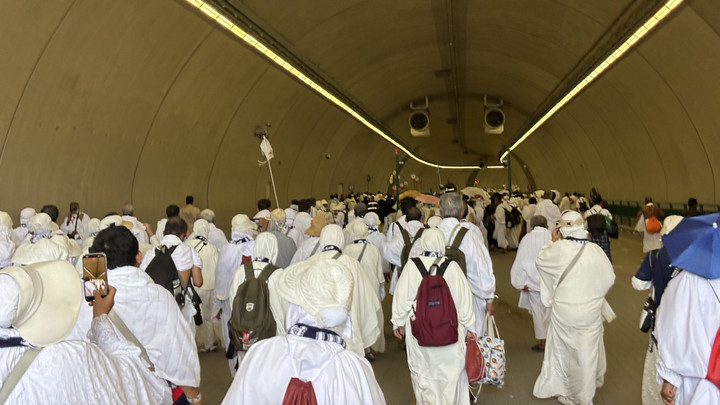
The pilgrimage group, especially those from Indonesia, were forced to walk a distance of 7 kilometers from Muzdalifah to Mina on Friday morning (6/6). This was due to the buses that never came to transport them.
The pilgrim group started to gather in Muzdalifah after Maghrib on Thursday (5/6). On Friday early morning, some were already queuing to be picked up by the bus.
At that time, several buses arrived and the pilgrims immediately lined up at the exit doors to head towards the buses. What followed was a crowd surge, with some pilgrims being crushed as others from the sides forced their way into the front of the line.
Syarikat Dinilai Tidak Komitmen Sediakan Transportasi Jemaah Haji ke Mina
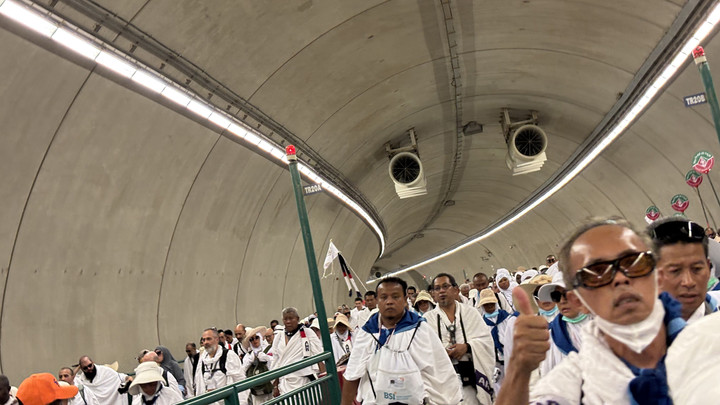
The Deputy Head of the Hajj Organizing Body (BP Haji), Dahnil Anzar Simanjuntak, has provided remarks on the implementation of the peak hajj, particularly in Mina which is currently underway.
Dahnil believes that the partners or entities serving Indonesian Hajj pilgrims are not performing optimally. This year, there are eight entities serving Indonesian Hajj pilgrims, namely Al-Bait Guest, Rakeen Mashariq, Sana Mashariq, Rehlat & Manafea, Alrifadah, Rawaf Mina, MCDC, and Rifad.
"The note from Mina is about the continuity from Muzdalifah, the transportation from Muzdalifah to Mina, many were not transported, and the company is not committed to providing transportation," Dahnil said in Jamarat on Saturday (6/7).
The journey from Muzdalifah to Mina on Friday (6/6) was once hindered by traffic jams that made the bus travel difficult. Pilgrims then chose to walk to Mina.
Dahnil said that this situation caused many hajj pilgrims to be separated from their groups.
Hajj Group Gets Lost During Armina
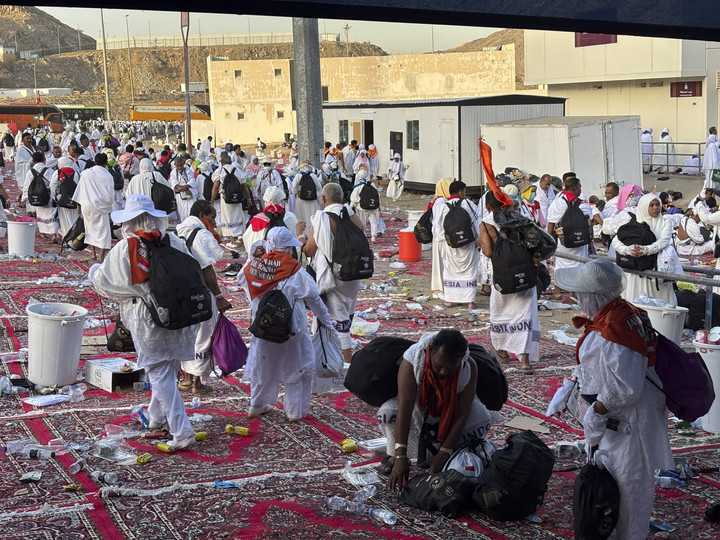
The peak phase of the Hajj in 2025 is currently underway in Arafah, Muzdalifah, and Mina (Armuzna). Pilgrims are now in the process of spending the night in Mina and stoning the Jamarat in Mina.
The peak phase of the journey was marked by pilgrims struggling to find tents, both at Arafah camp and Mina. The Head of Operations (Kasatops) Armuzna, Harun Al Rasyid, assessed that the disorientation of the pilgrims was partly due to fatigue.
"It was already predicted by us, when on the 10th of Zulhijjah, when the pilgrims move from Arafah to Muzdalifah, they will be in a state of exhaustion. It has been quite energy-consuming, also draining on their strength, and sleep is minimal," said Harun in Mina on Friday (6/6) evening local time.
"Added to that, almost no sleep during the time in Muzdalifah. Maybe even if I slept it wouldn't be enough. Then after that, I moved here, which means it has already been almost two days," he added.
In addition, Harun believes that the pilgrims arriving in Mina still have not adapted or know the location of their tents. This also affects the journey of the pilgrims when casting stones at Jamarat.
"Until it is possible that when the pilgrims return from Jamarat, many of the pilgrims do not know the way back, do not know where their tents are," said Harun.
Kemenag Explanation on Haji Jemaah Walking from Muzdalifah to Mina
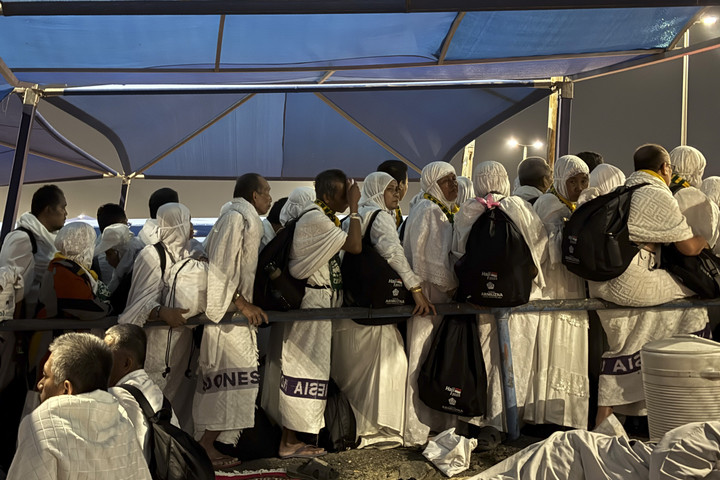
The departure of Indonesian hajj pilgrims from Muzdalifah to Mina was delayed from the target time set on Friday (6/6). The evacuation process of pilgrims from Muzdalifah was declared complete at 09:40 Saudi Arabia Time (SAT), later than the target time of 09:00 SAT.
The journey was once hindered by traffic jams that made the bus travel difficult. Many pilgrims then chose to walk from Muzdalifah to Mina.
The Director General of Hajj and Umrah Implementation at the Ministry of Religion, Hilman Latief, explained that the start of the departure of pilgrims from Muzdalifah to Mina was in accordance with the Government of Saudi Arabia's policy, which began at 23:35 Saudi Arabia Time (WAS), on 10 Zulhijah 1446 H.
"Field realization, the embarkation of Indonesian hajj pilgrims from Muzdalifah to Mina generally began on time. However, overall, the evacuation process was successfully carried out and Muzdalifah was declared free of Indonesian hajj pilgrims at 09:40 WIB, 40 minutes later than the target set," Hilman said in Mecca on Saturday (6/7).
So, what causes the problem of crowd movement from Muzdalifah to Mina?
Hilman explained that the first problem is the inconsistency of the bus schedule, as there are thousands of buses operated with long queues. After 00.00 WIB, the planned departure schedules of the buses were disrupted.
"The conditions caused the congregation to feel worried," Hilman said.
The second issue was the delay in the rotation of buses from Mina to Muzdalifah for several hours during a specific time period due to traffic congestion. This situation made the pilgrims uncomfortable, especially as they were already tired from waiting for the pick-up.
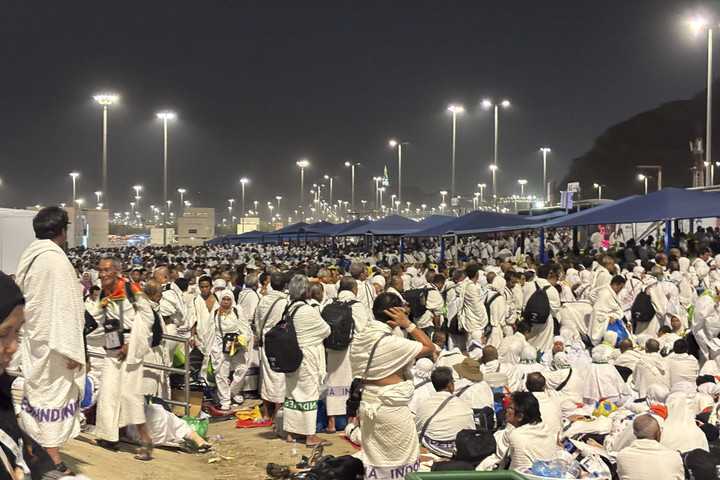
In that situation, many pilgrims chose to exit through the door of Muzdalifah.
"Because the bus was late, some of the pilgrims decided to open the exit door in Muzdalifah and walk on foot to Mina. This created an uncontrolled spontaneous movement of people," Hilman explained.
Third, the massive number of pilgrims walking. On the morning of Friday (6/6), pilgrims from various maktabs decided to walk because they were concerned they would not be transported from Muzdalifah until noon.
In such a psychological atmosphere, the Saudi PPIH finally released some of the pilgrims, but still reminded the elderly and high-risk pilgrims (risti) to remain in Muzdalifah, waiting for the bus pick-up. This is because walking for the elderly and high-risk individuals will consume a lot of energy and cause fatigue.
The movement of pilgrim pedestrian groups has led to congestion on the main shuttle bus routes. PPIH received requests from the Ministry of Hajj and companies to calm the pilgrims and stop the pedestrian traffic, but it could no longer be controlled," Hilman explained.
Tim Criticizes DPR for Lack of Staff

The Head of the Supervisory Team (Timwas) for Hajj at the DPR RI, Cucun Ahmad Syamsurijal, criticized the low presence of officials from the Pilgrimage Management Organization (PPIH) at critical routes, particularly in the stoning area. This led to some Indonesian hajj pilgrims getting lost during the stoning ritual in Mina, Mecca, on Saturday (6/7).
Cucun, who is also the Deputy Chairman of the DPR RI from the PKB Faction, expressed his concern about the shortage of field personnel for Hajj officials, especially in crowded areas that should be filled with directional signs and personnel assistance.
I assess that the lack of planning from the organizers in placing officers at key points is the main cause of the confusion among the pilgrims.
"The officers who penetrate to Mina should have been simulated from the beginning. Which points are crucial and very important, such as in the jumrah throwing route which is now very crowded. Many of our pilgrims do not know the route. Officers should be placed at important points so they don't get lost, distinguishing between regular hajj pilgrims and special hajj pilgrims," said Cucun in Mina.
I acknowledged that I had contacted the Overseas Hajj Director to quickly increase the number of officers in the field and ensure they are present at every busy node to guide the pilgrims.
Monitoring by the DPR RI Task Force, the performance of the Jumrah throwing on Saturday was marked by quite alarming conditions. In addition to pilgrims getting lost and exhausted due to extreme heat, there were also reports of elderly pilgrims who had to be assisted to leave the route due to weakened physical condition.
Some pilgrims even had to be rushed to health posts due to severe exhaustion, and a number of deaths also occurred during the peak period of the Hajj.
Post a Comment for "Pilgrims' Group Walk 7 Km to Mina: Explanation from Minister of Religion up to DPR Inspection Team's Scrutiny"